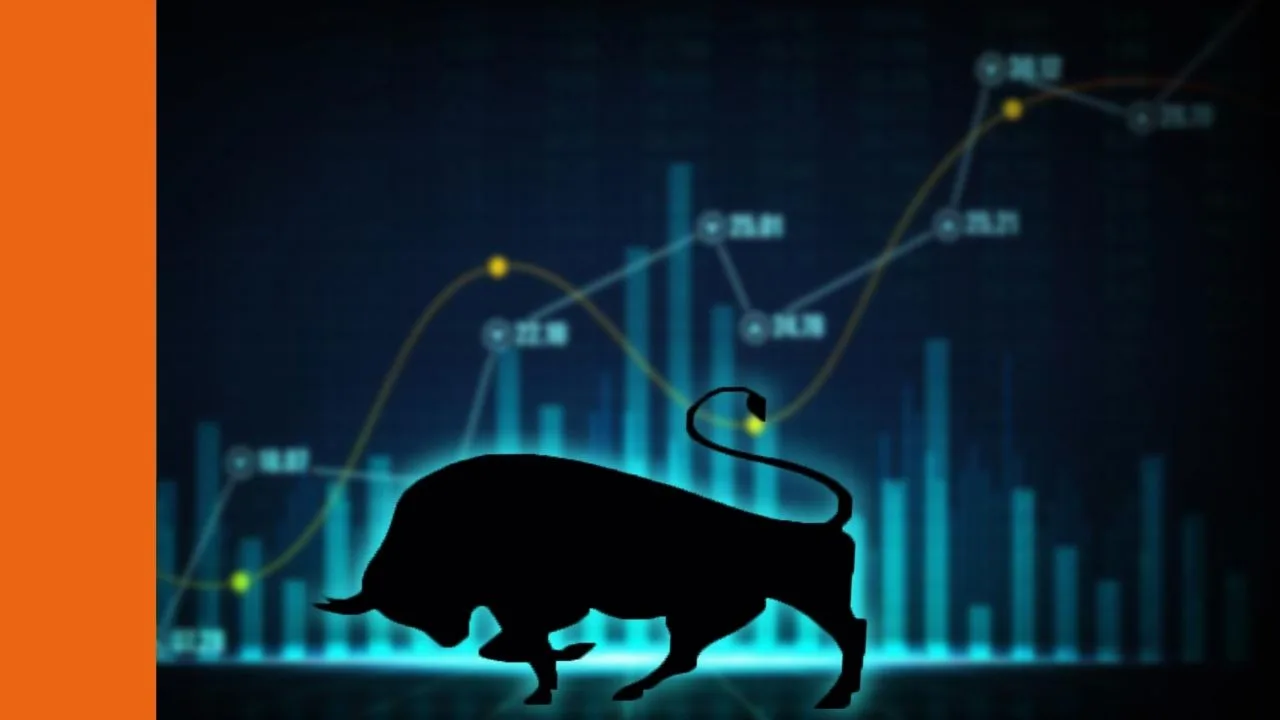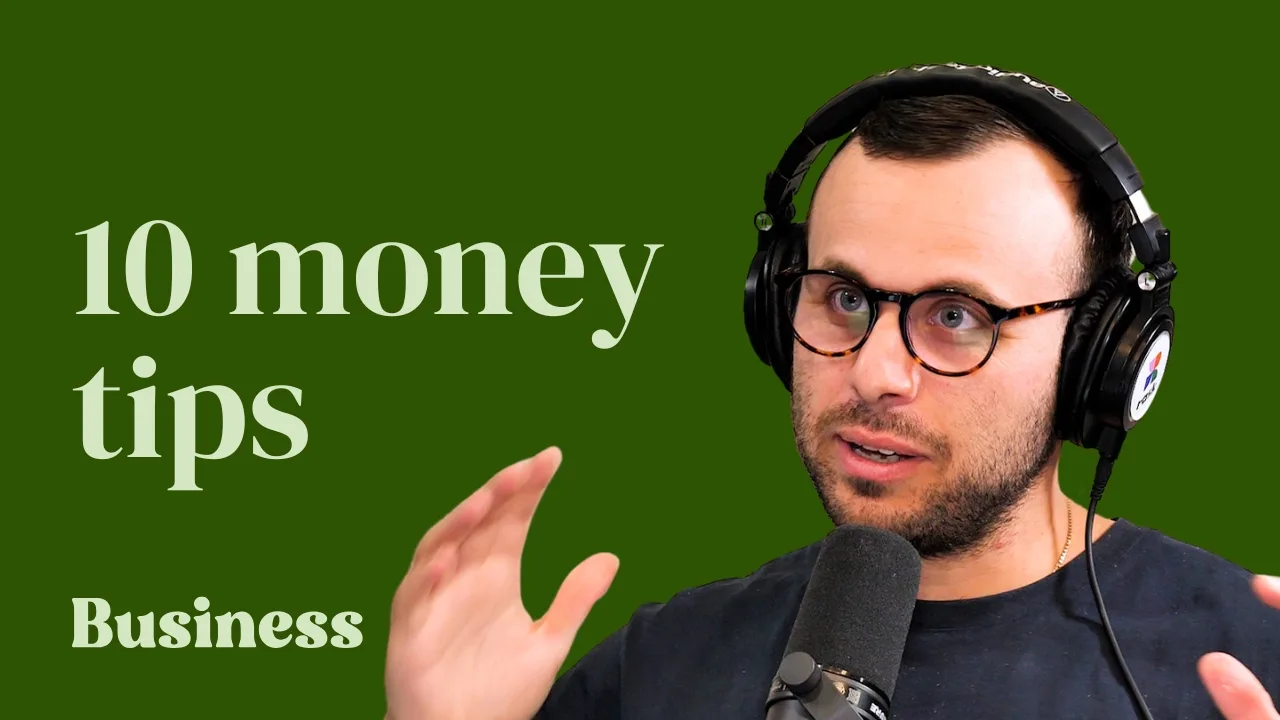Getting to an valuation is one of the more popular questions or topics our senior investment analysts get asked by Australian investors, especially those seeking dividend income. It’s not exclusive to Commonwealth Bank of Australia, of course.
ANZ Banking Group (ASX: ANZ) and Macquarie Group Ltd (ASX: MQG) are also very popular stocks on the ASX.
Before we walk through two valuation models you might use to answer the question yourself, let’s consider why investors like bank shares in the first place.
Alongside the tech and industrial sectors, the financials/banking industry is a favourite for Australian investors. The largest banks, including Commonwealth Bank of Australia and National Australia Bank operate in an ‘oligopoly’.
And while large international banks, such as HSBC, have tried to encroach on our ‘Big Four’, the success of foreign competitors has been very limited. In Australia, ASX bank shares are particularly favoured by dividend investors looking for franking credits.
CBA share price: valuation in action
It’s likely that if you have been actively investing in shares for more than a few years you will have heard about the PE ratio. The price-earnings ratio or ‘PER’ compares a company’s share price (P) to its most recent full-year earnings per share (E). If you bought a coffee shop for $100,000 and it made $10,000 of profit last year, that’s a price-earnings ratio of 10x ($100,000 / $10,000). ‘Earnings’ is just another word for profit. So, the PE ratio is basically saying ‘price-to-yearly-profit multiple’.
The PE ratio is a very general tool but it’s not perfect so it’s essential to use it with other techniques (see below) to back it up. That said, one of the general ratio strategies even professional analysts will use to value a share is to compare the company’s PE ratio with its competitors to try to determine if the share is overvalued or cheap. It’s akin to saying: ‘if all of the other banking sector stocks are priced at a PE of X, this one should be too’. We’ll go one step further than that in this article. We’ll apply the principle of mean reversion and multiply the profits per share (E) by the sector average PE ratio (E x sector PE) to calculate what an average company would be worth.
If we take the CBA share price today ($127.75), together with the earnings (aka profits) per share data from its 2023 financial year ($5.89), we can calculate the company’s PE ratio to be 21.7x. That compares to the banking sector average PE of 15x.
Next, take the profits per share (EPS) ($5.89) and multiply it by the average PE ratio for CBA’s sector (Banking). This results in a ‘sector-adjusted’ PE valuation of $88.69.
What are CBA’s dividends worth to an investor?
A dividend discount model or DDM is a much more robust way of valuing companies in the banking sector — if it’s done correctly (take your time!).
DDM valuation models are some of the oldest valuation models used on Wall Street and even here in Australia. A DDM model uses the most recent full year dividends (e.g. from last 12 months or LTM) or forecast dividends for next year and then assumes the dividends remain consistent or grow slightly for the forecast period (e.g. 5 years or forever).
To make this DDM easy to understand, we will assume last year’s dividend payment ($4.50) grows at a fixed rate each year.
Next, we pick the ‘risk’ rate or expected return rate. This is the rate at which we discount the future dividend payments back to today’s dollars. The higher the ‘risk’ rate, the lower the share price valuation.
We’ve used a blended rate for dividend growth and a risk rate between 6% and 11%, then got the average.
This simple DDM valuation of CBA shares is $85.78. However, using an ‘adjusted’ dividend payment of $4.37 per share, the valuation goes to $78.33. The expected dividend valuation compares to Commonwealth Bank of Australia’s share price of $127.75. Since the company’s dividends are fully franked, you might choose to make one further adjustment and do the valuation based on a ‘gross’ dividend payment. That is, the cash dividends plus the franking credits (available to eligible shareholders). Using the forecast gross dividend payment ($6.24), our valuation of the CBA share price estimate to $111.91.
CBA share price summary
Please be mindful that these valuation methods are just the starting point of the research and valuation process. Please remember that. Banks are very complex companies and if the GFC of 2008/2009 taught investors anything, it’s that even the ‘best’ banks can go out of business and take shareholders down with them.
If you are looking at Commonwealth Bank of Australia shares and considering an investment, take your time to learn more about the bank’s growth strategy. For example, is it pursuing more lending (i.e. interest income) or more non-interest income (fees from financial advice, investment management, etc.)? Then, take a close look at economic indicators such as unemployment, house prices and consumer sentiment. Finally, it’s always essential to make an assessment of the management team.









